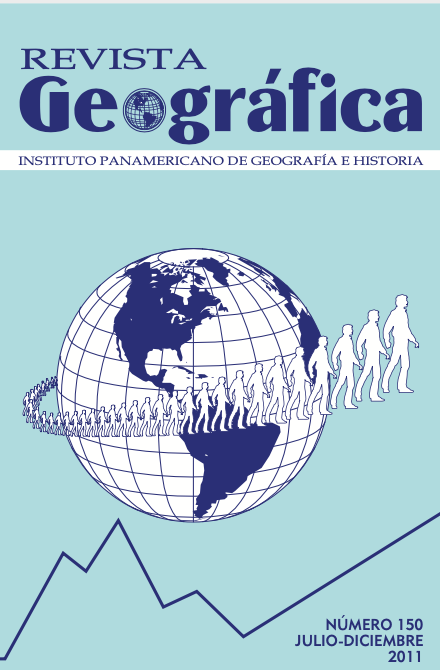La ciudad colombiana: inseguridad, incertidumbres y miedos
Main Article Content
Abstract
The cocktail that currently characterizes the life facing people in the Colombian city includes three elements in particular: a first ingredient, urban insecurity, is expressed in the public and private spaces; a second ingredient, much more difficult to perceive, concerns abuses of a system designed to the re-production of surplus and capital accumulation in cities from infrastructure to promote, first, that the city is a strange space for the resident, and secondly, it become consumption spaces. A third ingredient, closely linked to the previous two, is related to the perception people have of urban space as something that incites wild refuge and shelter against an external medium considered dangerous. This cocktail that includes these three ingredients is the result of impacts caused by implementation of the model of society from the rationality of the capitalist world-economy. A model that moves to the citizens of public spaces that allows the encounter with others in the framework of a democratic society, into privi- leged spaces where different forms of consumption such as shopping malls (for public areas) and closed sets (for the areas private).
Downloads
Article Details
-
Abstract754
-
PDF (Español)510
